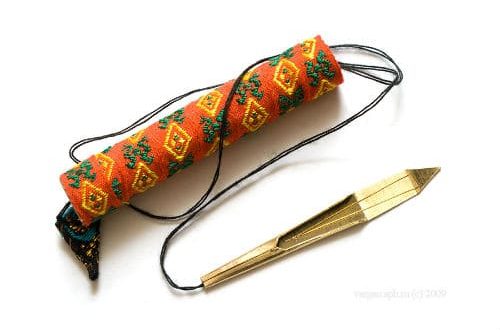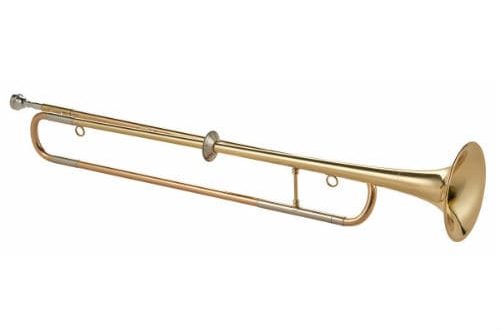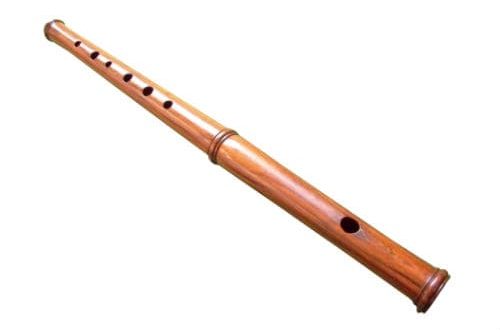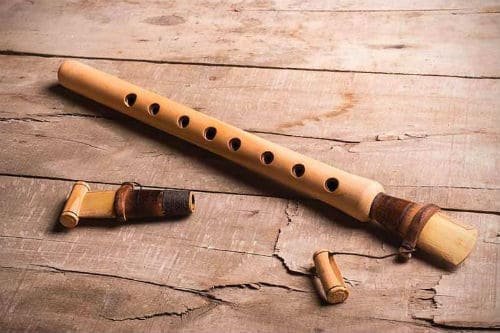
Duduk: what is it, instrument composition, history, sound, production, how to play
Contents
Duduk is a woodwind musical instrument. It looks like a tube with a double reed and nine holes. It has received wide distribution among representatives of the Caucasian nationality, the population of the Balkan Peninsula and the inhabitants of the Middle East.
Устройство
The length of the tool is from 28 to 40 centimeters. The main components of the device are a tube and a double removable cane. The front side has 7-8 holes. On the other side there is one or a pair of holes for the thumb. Duduk sounds thanks to the vibration that occurs due to a pair of plates. The air pressure changes and the holes close and open: this regulates the sound. Most often, the reed has an element of tone regulation: if you press it, the tone rises, if you weaken it, it decreases.
The first versions of the instrument were made of bones or cane, but today it is made only from wood. The traditional Armenian duduk is made from apricot wood, which has the rare ability to resonate. Many nationalities use other materials for production, such as plum or walnut wood. However, experts say that the sound of an instrument made from such materials is sharp and nasal.

The real Armenian duduk is characterized by a soft sound that resembles a human voice. A unique and inimitable sound is achieved thanks to the wide reed.
What does duduk sound like?
It is characterized by a soft, enveloping, slightly muffled sound. The timbre is distinguished by lyricism and expressiveness. The music is often performed in pairs of the leading duduk and “dam duduk”: its sound creates an atmosphere of peace and tranquility. Armenians believe that the duduk expresses the spiritual orientation of the people better than other instruments. He is able to touch the most delicate strings of the human soul with his emotionality. Composer Aram Khachaturian called it an instrument capable of bringing tears to his eyes.
Duduk involves performance in different keys. For example, a long instrument is great for lyrical songs, while a smaller instrument is used as an accompaniment for dances. The appearance of the instrument has not changed throughout its long history, while the playing style has nevertheless undergone changes. The range of the duduk is only one octave, but it takes a lot of skill to play professionally.
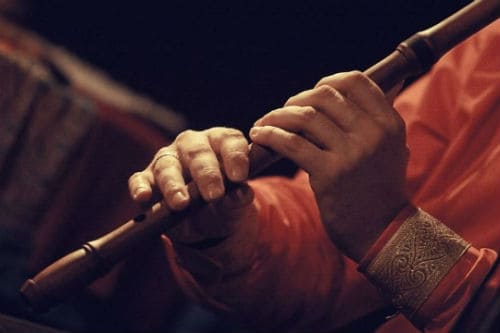
Duduk history
It belongs to the category of the most ancient wind instruments in the world. At the same time, it is not known who exactly invented the duduk and carved it from wood. Experts attribute the first mention of it to the written monuments of the ancient state of Urartu. If we follow this statement, then the history of the duduk is about three thousand years. But this is not the only version put forward by the researchers.
Some believe that its origin is connected with the reign of Tigran II the Great, who was king in 95-55 BC. A more “modern” and detailed mention of the instrument belongs to the historian Movses Khorenatsi, who worked in the XNUMXth century AD. He talks about “tsiranapokh”, the translation of the name of which sounds like “pipe from an apricot tree”. Mentions of the instrument can be seen in many other manuscripts of past eras.
History testifies to different Armenian states, distinguished by vast territories. But the Armenians also lived in the lands of other countries. Thanks to this, the duduk spread to other territories. It could also spread due to the existence of trade routes: many of them passed through the lands of Armenia. The borrowing of the instrument and its formation as part of the culture of other peoples led to the changes that it underwent. They are related to the melody, the number of holes, as well as the materials used for making. Different peoples managed to invent instruments that are in many ways similar to the duduk: in Azerbaijan it is balaban, in Georgia – duduks, guan – in China, chitiriki – in Japan, and mei – in Turkey.

Using the tool
The melody is often performed by two musicians. The lead musician plays the melody, while the “dam” provides a continuous background. Duduk accompanies the performance of folk songs and dances, and is used during traditional ceremonies: solemn or funeral. When an Armenian duduk player learns to play, he simultaneously masters other national instruments – zurnu and shvi.
Duduk players have contributed to the musical accompaniment of many modern films. Expressive, emotional sound can be found in the soundtracks of Hollywood films. “Ashes and Snow”, “Gladiator”, “The Da Vinci Code”, “Play of Thrones” – in all these famous films of modern cinema there is a duduk melody.
How to play duduk
To play, you need to take the reed with your lips about five millimeters. It is not necessary to put pressure on the reed to ensure a high-quality and clear sound. Cheeks need to be inflated so that the teeth do not touch the material. After that, you can extract the sound.
The inflated cheeks of the master are an important feature of the performance. A supply of air is formed, thanks to which you can inhale through your nose without interrupting the sound of the note. This technique is not used in playing other wind instruments and assumes the skill of the performer. It will take more than one year of training to master professional performance.
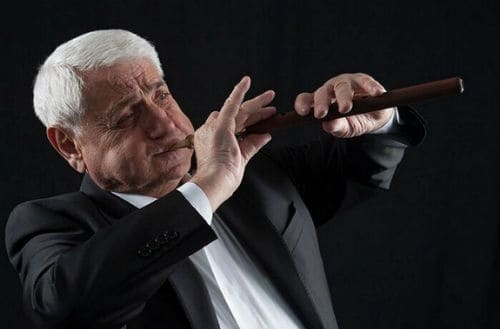
Famous Performers
An Armenian duduk player who gained worldwide fame due to his talented performance is Jivan Gasparyan. His skill can be judged by melodies from more than three dozen films and participation in high-profile projects: for example, in creating the soundtrack for the film “Gladiator”, which was recognized as the best and awarded the Golden Globe.
Gevorg Dabaghyan is another talented performer who won many awards, including international ones. Gevorg has traveled to many countries with concert tours: just like Kamo Seyranyan, another outstanding performer from Armenia, who still passes on skillful performance skills to his students. Kamo is distinguished by the fact that he performs not only traditional music, but also conducts experiments, presenting original alternative sounds to listeners.



